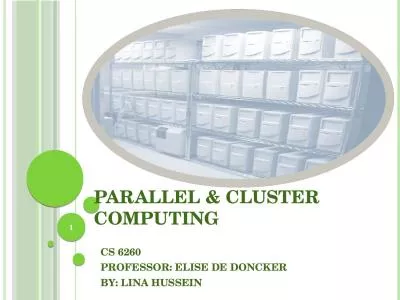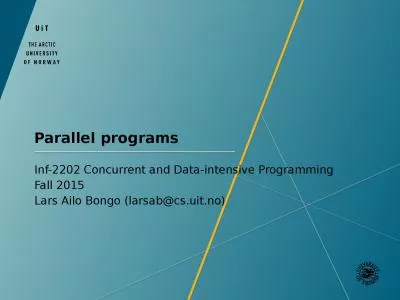PPT-Parallel Programming & Cluster Computing
Author : lois-ondreau | Published Date : 2017-09-05
Overview What the Heck is Supercomputing Joshua Alexander U Oklahoma Ivan Babic Earlham College Michial Green Contra Costa College Mobeen Ludin Earlham College
Presentation Embed Code
Download Presentation
Download Presentation The PPT/PDF document "Parallel Programming & Cluster Compu..." is the property of its rightful owner. Permission is granted to download and print the materials on this website for personal, non-commercial use only, and to display it on your personal computer provided you do not modify the materials and that you retain all copyright notices contained in the materials. By downloading content from our website, you accept the terms of this agreement.
Parallel Programming & Cluster Computing: Transcript
Download Rules Of Document
"Parallel Programming & Cluster Computing"The content belongs to its owner. You may download and print it for personal use, without modification, and keep all copyright notices. By downloading, you agree to these terms.
Related Documents

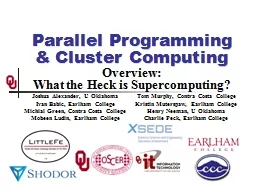
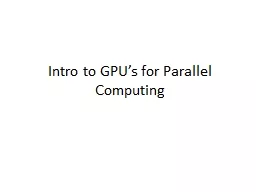
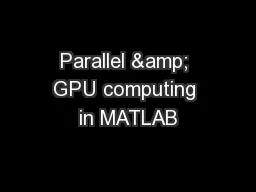
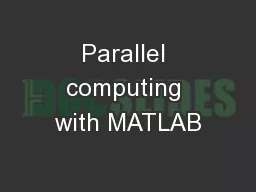
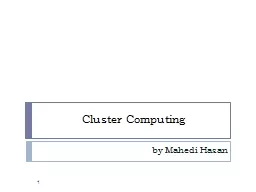
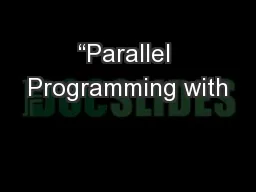
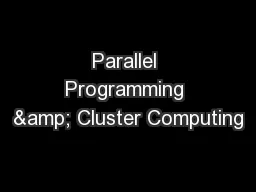
![[PDF]-Programming 3: Python Programming Professional Made Easy & C Programming Success](https://thumbs.docslides.com/980147/pdf-programming-3-python-programming-professional-made-easy-c-programming-success-in-a-day-c-programming-c-programming-c-programming-language-html-python-programming-python-java-php.jpg)
![[FREE]-Programming 16: Python Programming In A Day & C Programming Professional Made Easy](https://thumbs.docslides.com/980148/free-programming-16-python-programming-in-a-day-c-programming-professional-made-easy-c-programming-c-programming-c-programming-language-html-python-python-programming-coding-css-java-php.jpg)
